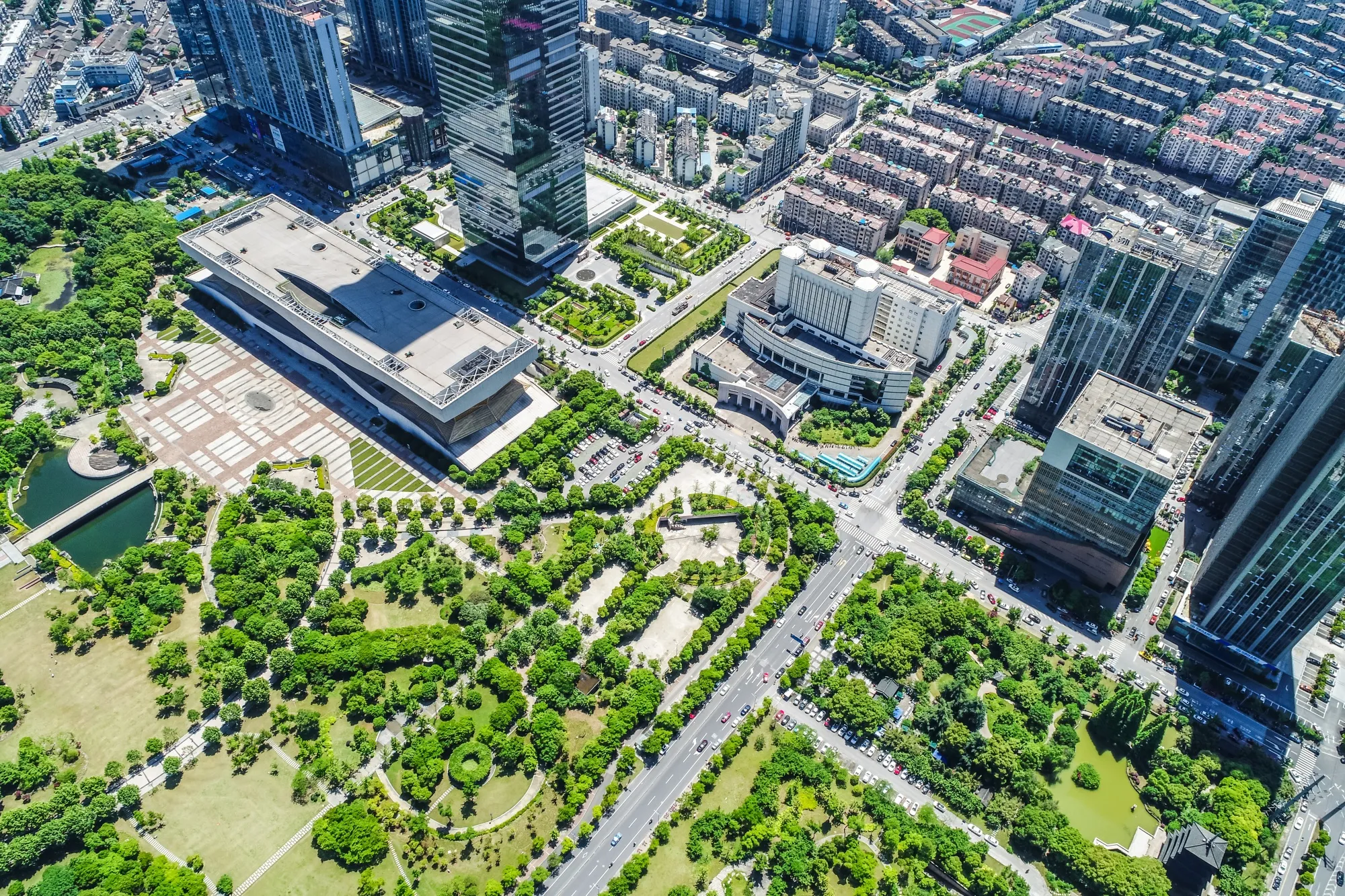Physical activity plays a pivotal role in maintaining public health, enhancing well-being, and reducing the likelihood of chronic diseases. Yet, the extent to which individuals engage in physical exercise is not merely a product of personal choices. It is increasingly recognized that the characteristics of the built environment—our cities, towns, and neighborhoods—have a significant influence on our physical activity levels. In response to the need for comprehensive insights into these dynamics, a recent narrative review addresses how urban design affects the physical activity of children, adults, and older people.
Published on January 20, 2024, in the journal ‘Preventive Medicine’, the review by Zhang Yufang and colleagues examines the interplay between the built environment and physical activity through a comprehensive analysis of systematic reviews conducted over twelve years. The paper, titled “Associations between the built environment and physical activity in children, adults and older people: A narrative review of reviews” (DOI: 10.1016/j.ypmed.2024.107856), synthesizes findings from various studies to guide the cultivation of health-promoting urban spaces.
Methodology and Key Findings
The research team adhered to the PRISMA 2020 review procedure to ensure a rigorous and systematic approach to their narrative review. Systematic reviews published from January 2010 to April 2022 were included, sourced from seven renowned databases including Scopus, Web of Science, and Medline. A total of 29 reviews met the stipulated quality criteria and were analyzed.
Several characteristics of the built environment emerged as influential on the physical activity of various age groups:
1. For children, features encouraging pedestrian activity, such as safe crossings, wide sidewalks, and traffic calming measures, were crucial. Equally important was a general sense of safety, which contributes to parents’ willingness to allow their children to play outside.
2. Adults showed an increase in physical activity when they had easy access to commercial services, shops, and recreational spaces. The presence of parks and open spaces facilitated various forms of exercise, from walking to more vigorous sporting activities.
3. In older adults, similar trends were observed, with the additional finding that walkability—a composite measure indicating the pedestrian-friendliness of an area—had a strong positive association with physical activity. Characteristics such as proximity to destinations, connectivity of streets, and density of residential areas were determinants of this age group’s engagement in regular exercise.
4. Across all age groups, the review pointed to the consistently positive impact of the walkability index, suggesting that universally accessible environments were conducive to higher levels of physical activity.
Implications for Urban Design and Public Health
The insights gleaned from this narrative review have implications for urban planners, policymakers, and public health professionals. They highlight the necessity of developing age-friendly urban environments that encourage physical activity through intentional design. A multi-faceted approach accommodating the various needs of different age groups could significantly impact community health outcomes.
The review also identifies areas requiring further investigation. The role of good street lighting, for example, emerged as a potentially promising area for promoting evening exercise habits, yet is under-researched. Likewise, while the presence of green spaces is acknowledged as beneficial, their quality and features require more detailed understanding regarding their influence on physical activity.
Zhang Yufang, from the Management College at Ocean University of China and the Expertise Center Architecture, Urbanism and Health at the University of Groningen, leads the team conducting the review. The research also owes its depth to contributions from Marijke Koene and Cor Wagenaar, affiliated with the same expertise center, along with Chen Chen, who brings a dual perspective from Ocean University of China and the Department of Cultural Geography at the University of Groningen. Sijmen A. Reijneveld from the Department of Health Sciences at the University Medical Center Groningen rounds out the team, providing valuable expertise in public health.
The authors declare no competing interests, foregrounding the academic integrity of their work.
As urban populations continue to swell, the significance of the built environment in cultivating or hindering healthy lifestyles becomes increasingly pronounced. By providing a comprehensive review of the associations between physical spaces and physical activity, Zhang Yufang and colleagues have charted a course for future research and practical strategies to boost public health through urban design.
The review serves as a call to action for stakeholders across disciplines to prioritize the development of environments tailored to not only the functional requirements of its residents but their health needs as well. The endeavor to create universally accessible, inviting, and activity-promoting urban landscapes is indeed a public health intervention of the highest order.
References
1. Zhang, Y., Koene, M.M., Chen, C., Wagenaar, C., & Reijneveld, S.A. (2024). Associations between the built environment and physical activity in children, adults, and older people: A narrative review of reviews. Prev Med, 180, 107856. DOI: 10.1016/j.ypmed.2024.107856.
For further reading on the built environment and its impacts, the following references were used to support the review:
2. Sallis, J. F., Floyd, M. F., Rodríguez, D. A., & Saelens, B. E. (2012). Role of built environments in physical activity, obesity, and cardiovascular disease. Circulation, 125(5), 729-737.
3. Frank, L. D., & Pivo, G. (2013). Impacts of mixed use and density on utilization of three modes of travel: Single-occupant vehicle, transit, and walking. Transportation Research Part D: Transport and Environment, 18, 192-201.
4. McCormack, G. R., & Shiell, A. (2011). In search of causality: a systematic review of the relationship between the built environment and physical activity among adults. International Journal of Behavioral Nutrition and Physical Activity, 8, 125.
5. Van Cauwenberg, J., Nathan, A., Barnett, A., Barnett, D. W., & Cerin, E. (2018). Relationships between neighbourhood physical environmental attributes and older adults’ leisure-time physical activity: A systematic review and meta-analysis. Sports Medicine, 48(7), 1635-1660.
6. Ding, D., Sallis, J. F., Kerr, J., Lee, S., & Rosenberg, D. E. (2011). Neighborhood environment and physical activity among youth: a review. American Journal of Preventive Medicine, 41(4), 442-455.
Keywords
1. Physical Activity and Urban Design
2. Built Environment Health Impact
3. Age-Friendly Cities
4. Public Health Urban Planning
5. Walkability Health Benefits
